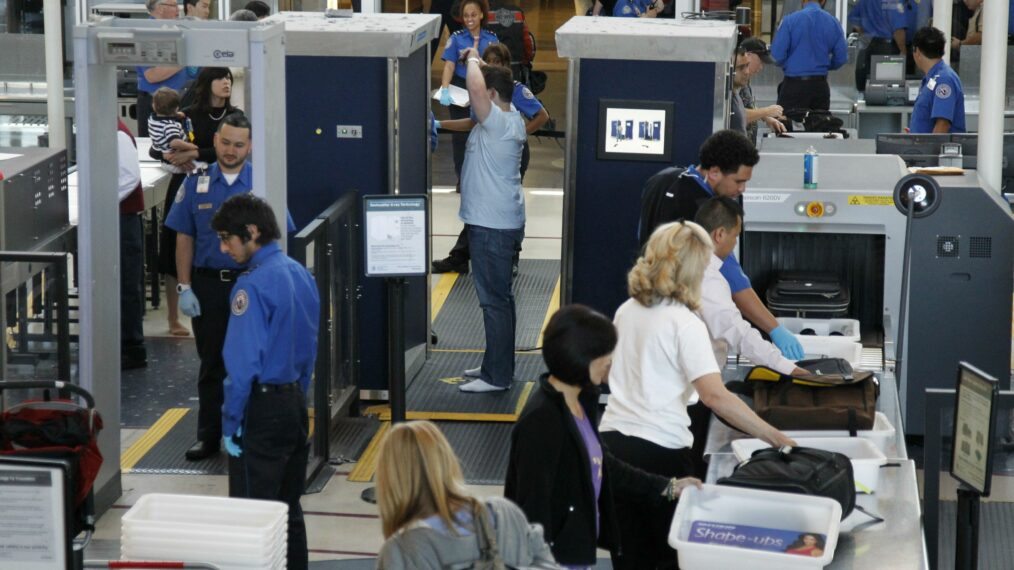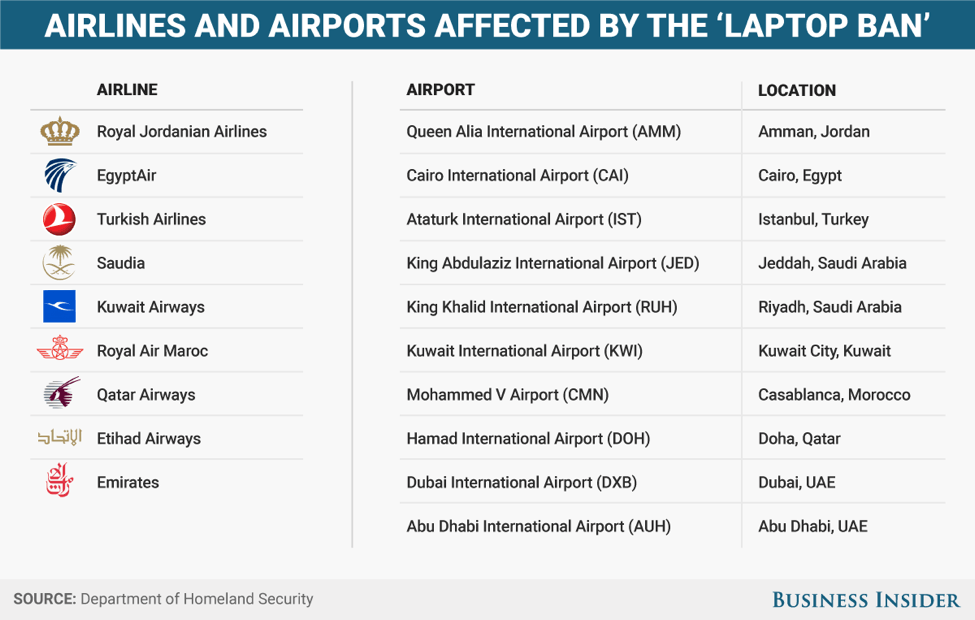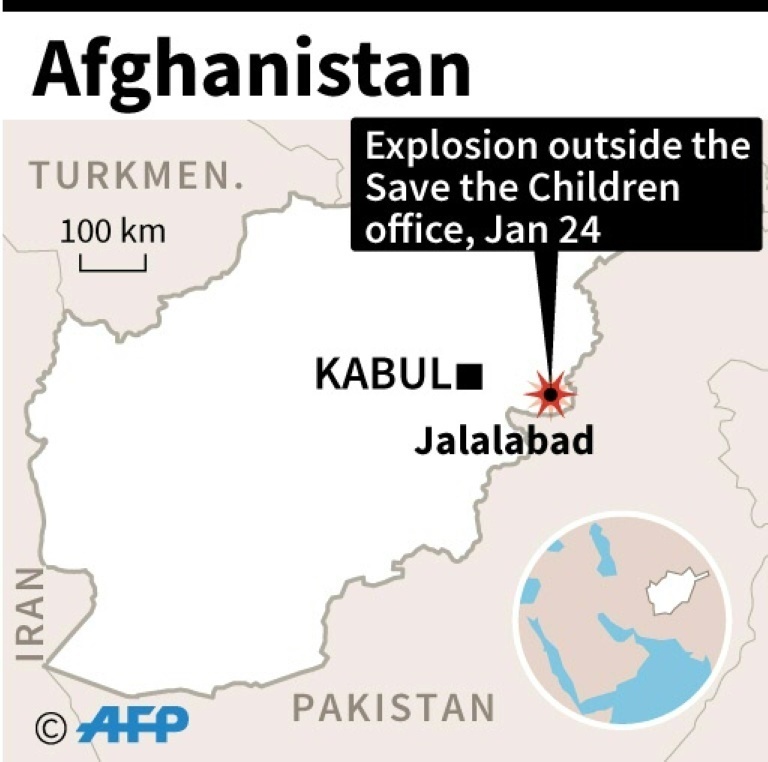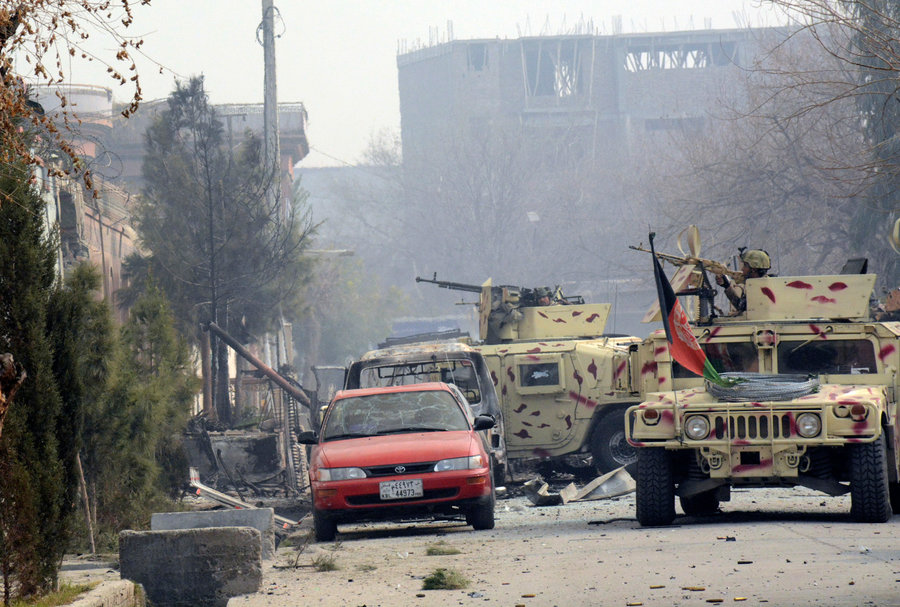With the rise of violent extremism and terrorist groups like Daesh recruiting and radicalizing people all over the world, we have attempted to understand the root causes of violent extremism, often linking it to poverty, history of criminality, or even affiliation with certain religions. After years of trying, and failing to pinpoint an exact root — i.e., the evil gene in ordinary people — one must acknowledge that the problem is more complex than that.
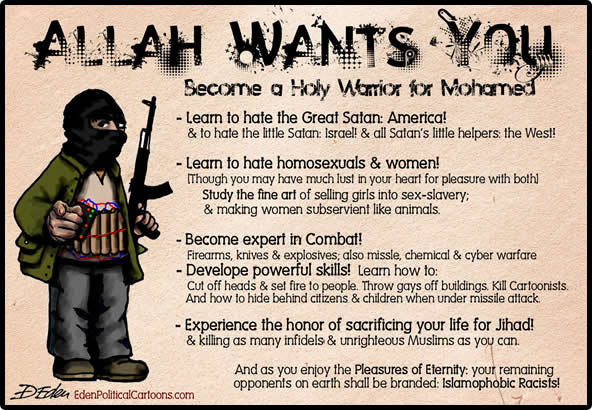
The British theatre play The Believers are but Brothers, which has become a smash hit in the last year, inadvertently underlines a fact researchers often overlook: identity. In the play, playwright Javaad Alipoor tells a striking story of the online radicalization of young men[1]. More than serving as a cautionary tale, it illustrates how radicalization can happen to everyday people, and that violent extremism is much more than just personal beliefs, it is an identity.
While ideology is the lifeblood of a terrorist organization, by offering an initial motive for action and a unique perspective of the world, it is the identity a person cultivates by being part of a group that is potentially so dangerous.
Ideology unites individuals; it is powerful at bringing like-minded people together. Yet it is the common identity that makes violence an option and can influence people to sacrifice their lives for the sake of the ideology.
The process of radicalization can manifest differently in distinct areas, varying in methods, populations, and rates of success across countries, yet the common factor is the vulnerability in individual identity that people who become radicalized share[2]. This vulnerability can be caused by concrete factors such as a lack of socioeconomic opportunity, societal marginalization, and institutional oppression and violence[3].
Let’s imagine a young man spending much of his time online, not unlike the ones portrayed in Alipoor’s play. He may not be intentionally seeking or even be exceedingly attracted to extremist ideology, but he might feel a void and question things he has been taught. As he finds himself immersed in a new community, he forms an attachment to it and its ideology. Organizations like Daesh gain support for their cause by creating a group identity through validating people’s grievances and creating a sense of belonging which bolsters confidence[4].
Ideology is only one layer of radicalization. Underneath it, deeper is a shared sense of belonging and personal significance. Members do not believe in their cause — they are the cause. It is the sense of being part of something, it is a validation of your personal existence.
Group identity is incredibly influential. It can lead to an escalation of violence, group think, or even the rejection of outsiders, simply because they are not part of the same group. This is especially amplified when the identity is threatened, i.e. through war or other types of conflict, when “Us versus Them” dynamics become more powerful[5]. It can even increase adherence to extremist ideology since everyone else in the group believes in it too[6].
Acknowledging identity, unfortunately, does not make the fight against violent extremism and terrorism any easier– quite the opposite. There is no antidote that could make it all disappear. One small step in combating extremism and its ideology is recognizing the attachment people cultivate and the meaning they find in their causes. There is little logic to identity, but it is the most powerful tool extremist organizations have.
Sources:
[1] Lukowski, A. (2018, January 30). What Radicalizes Young Men? This Show Tells You via WhatsApp. The New York Times.
[2] Provines, C. G. (2017, September 29).Understanding Radicalization Through the Lens of ‘Identity Vulnerability.’ Columbia University Journal of International Affairs.
[3] Provines, C. G. (2017, September 29).Understanding Radicalization Through the Lens of ‘Identity Vulnerability.’ Columbia University Journal of International Affairs.
[4]Provines, C. G. (2017, September 29).Understanding Radicalization Through the Lens of ‘Identity Vulnerability. Columbia University Journal of International Affairs.
[5] Musgrove, Luke & McGarty, Craig. (2008). Opinion-Based Group Membership as a Predictor of Collective Emotional Responses and Support for Pro- and Anti-War Action. Social Psychology. 39. 37-47.
[6] Musgrove, Luke & McGarty, Craig. (2008). Opinion-Based Group Membership as a Predictor of Collective Emotional Responses and Support for Pro- and Anti-War Action. Social Psychology. 39. 37-47.


